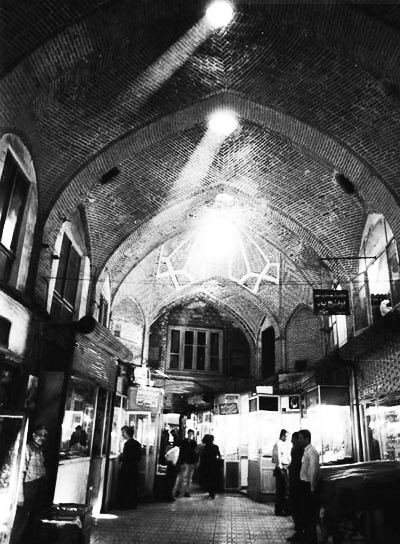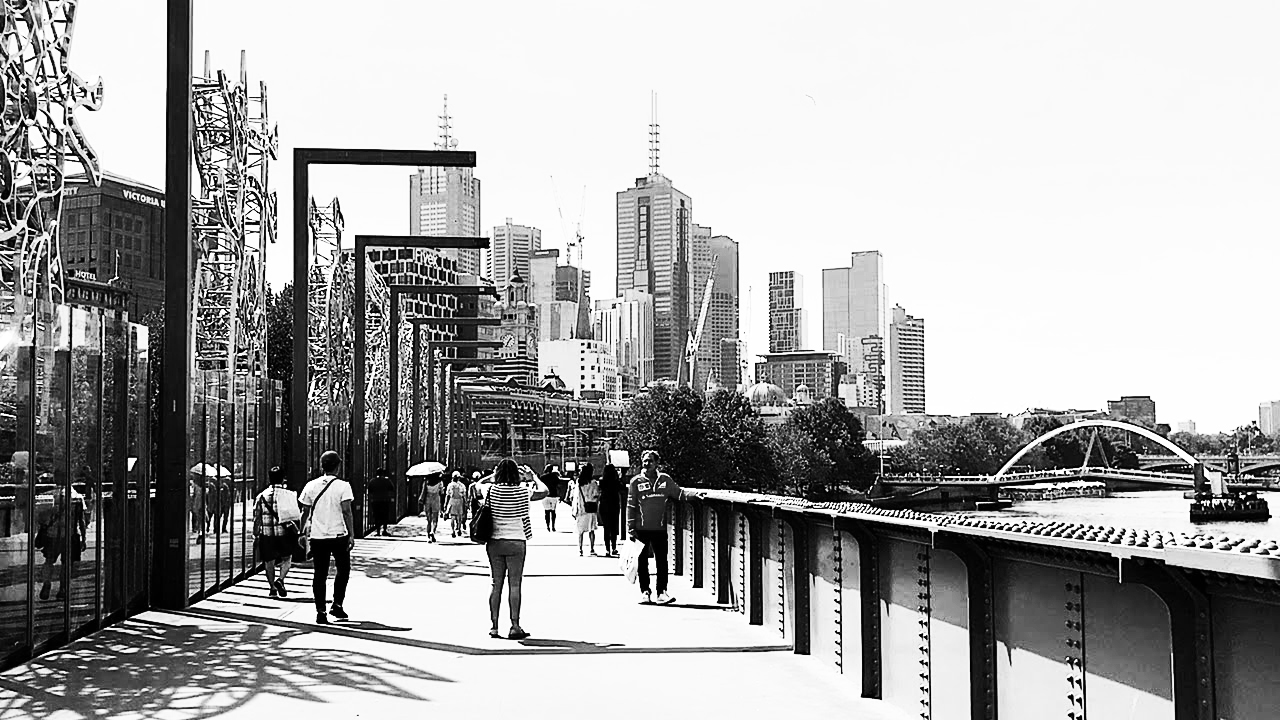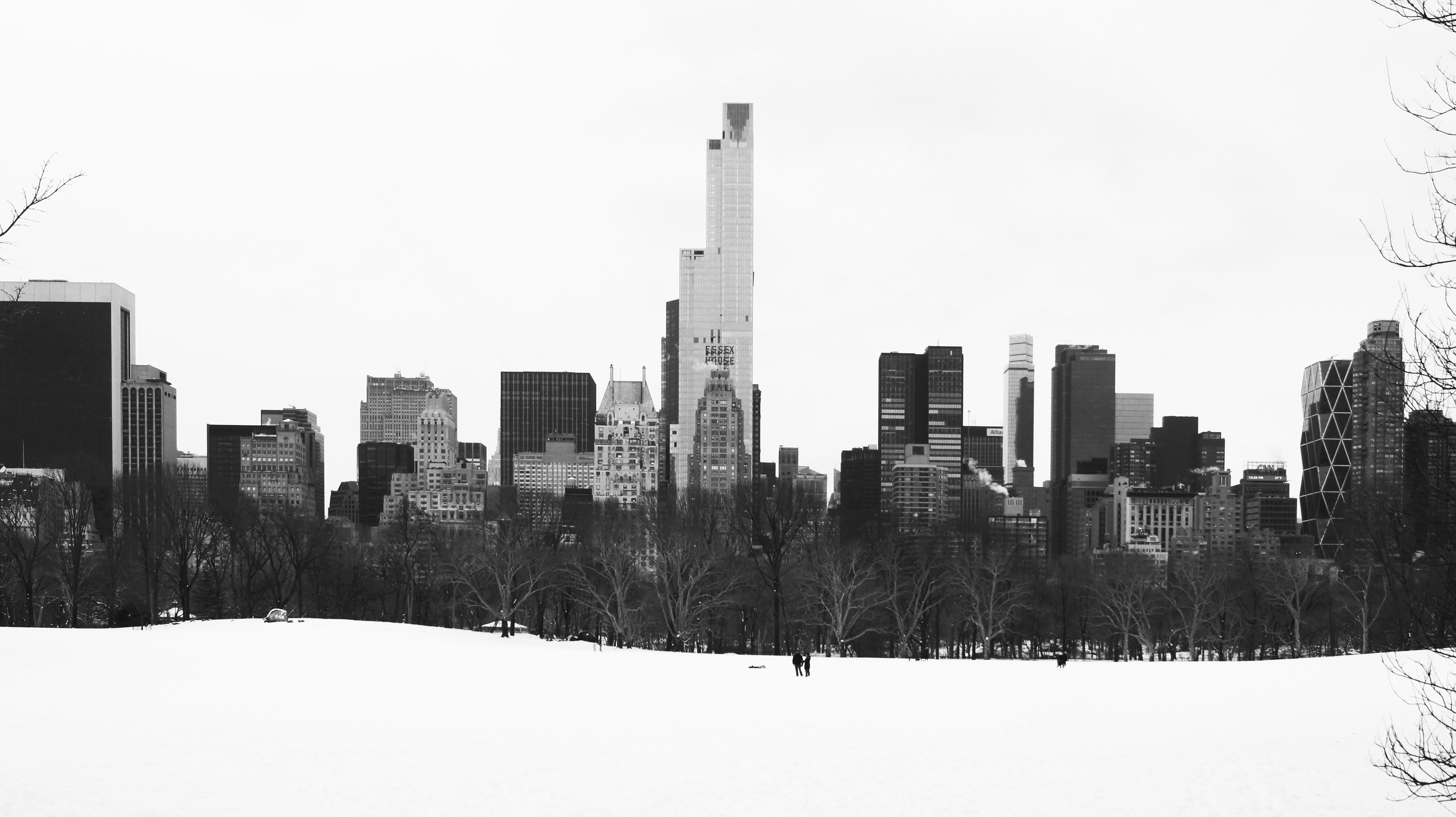When we think about architecture and cities, we see approaches that people in different parts of the planet are choosing to address the current issues of pandemic, environmental concerns, economy, safety, source managements and time. We have learnt from our living experiences in three different continents that cities have economic structures and cities are made from smaller towns. In all three cities of Urmia in Iran, Melbourne in Australia and New York in United States, where we’ve lived regardless of the discipline in formation of the city, we focus on towns as they play major role in the city’s architecture, economy and growth. This is about the scale in management and the efficiency in control of demand and supply. Our question in this section is: “what architecture has to do with economy and growth of a town in a city?”

Well, to more explore the economic structures of cities, I think we may clarify our standing. In our vision, the economy of a city has two sections in overall: section one; is the economy that is generated in the city and is spent either in the city or out of it. Section two; is the economy that is generated out of the city and is spent in the city. As a basic logic a better managed and grown city is the one which its section two of economy shelters its section one. Or in other words, there is always interest in investing and being in the city by sources from out of it. Despite, 20th century when the human being has witnessed several world wars in the globe with lots of cities destroyed by enemies, and also the boom in industrial production and technological advancements, the 21st century, to date, has not seen a major war in which cities in mass scales are destroyed by a forcing power nor it has seen a major revolution in industrial production yet. Instead, the progress in technology, to particular in “time and life” savings, for most of human’s activities including, travel, communication, construction and production, has increased the demand of people to explore the world. Compared to 1920, 1950 and even 1980, transport system, including air travel, cruise ships, bullet trains, cars, motor bikes and even bicycles are way faster and safer in 2020 saving significant amount of time and lives for people to travel. That’s why the tourism industry has become the economic core of so many cities. It has been easier for people on earth to learn from each other. Therefore, the number of international students in the world has increased. This increases the demand in education industry. When people travel, they need to stay in some places, this increases the demand for temporary residence or hotel accommodation economy. Some people when they travel, they fall in love with people or the place and decide to reside permanently. This adds to city populations and increases the need for permanent residence or housing and real estate industry. Add to this all other services provided including foods, restaurants, delivery and etc. This is what we are talking about. Either the tourist staying in a hotel of a city, or the international student studying in school or university of a city, or the migrant who brings capital to form a family or buy a house in a city, they all are perfect examples of Section two in city’s economy, which help to keep the demand higher than supply for city’s life. But again “what architecture has to do with economy and growth of a town in a city?”

A city in 2020 shall provide enough options for its residents and tourists to increase their public knowledge and to spend their times. The demand of people wanting to know more about others has been increased. So did their ability and independence in choosing and use. Science has become more specific and in depth for most of its fields. Tastes of people about their living spaces and manners have changed and they are not shy to express them. The duality between openness and closeness of a living space, or its willingness to be minimal or decorative are driven by people who want to live in them not the style that is the mode, out in the society. And if there is an interest in a particular style, it is by choice not by force. People are not limited by “ism”s anymore and they find it more desirable to have a space for themselves regardless of if the space is looking similar to their neighbor or not. This openness in people’s desire to choose, makes it challenging for “architecture” to understand the appropriate need and respond to it in making a space. Yet, add to it the challenges of what city needs in a larger scale to people.

We think a city in 2020 needs to have towns with new types of museums, new types of schools and universities and new types of residential developments. These “new types” do not need “revolutionary change” to their predecessors recycling them and putting them out of system, but simple modifications. In addition to economy, cities need cultural, educational and dwelling values to be increased. Exhibition centers and museums are needed so that each one specifically focuses on a particular section of art, culture, history, human achievements, lifestyles and even today’s and tomorrow’s productions. Schools and universities in selected scientific fields are needed so that the residents of the city will have the most cutting-edge knowledge in the network of science development. We feel the need for a national network for educational system, where every school and university are connected to, that educates people to their specific interest in balance to particular needs of the country. And obviously all these people need some places to reside, either temporarily or permanently. Of course, a city needs all other infrastructure including, transport, food and restaurant services, posts, labor authorities, utilities and power plants, risk management authorities, health officials, judiciary and justice system members, public system workers, security, military and sophisticated protective measures and so many others. Yet in our philosophy, all these people cycle in the Section one of a city’s economy, where the economy is produced in the city and is spent either in or out of the city. By focusing in museums, schools and residential sectors, we think on section two of a city’s economy, where the finances generated outside of the city and is spent in the city, helping to consistently keep the demand more than supply in this cycle. Human being does not need economy only, but the culture and the education and the quality of life with a growth matching the economy to make it sustainable. At Tabe Shouri, it is important for us to understand how the architecture of museums, schools and residential projects can be important in this road.

